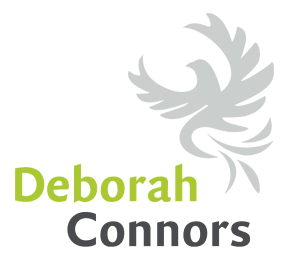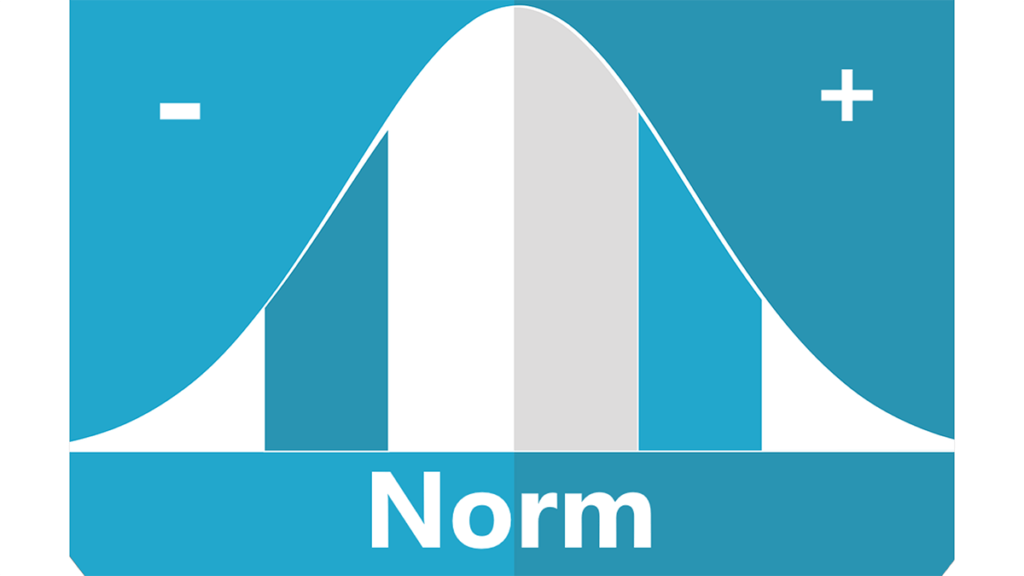
13 Aug How to Put More Than a Band-Aid on Burnout in Your Workplace
Have you ever experienced burnout at work? Unfortunately, burnout has become a “normal” occurrence in many workplaces today.
If you hear employees or managers exclaiming about “going home on time” or “taking a whole weekend off,” it’s probably time to investigate how deeply burnout is embedded in your organizational culture.
And if you haven’t examined the impact of the Covid-19 pandemic on burnout in your workplace, taking stock now will be necessary. As burnout experts, Christina Maslach and Michael Leiter explain in an interview with Dave Lievens on “How the Pandemic Exacerbated Burnout (HBR, Feb 10, 2021), the pandemic has increased burnout in many organizations.
Burnout, as the World Health Organization now recognizes it, is
“…a syndrome conceptualized as resulting from chronic workplace stress that has not been successfully managed. It is characterized by three dimensions:
- Feelings of energy depletion or exhaustion;
- Increased mental distance from one’s job, or feelings of negativism or cynicism related to one’s job; and
- Reduced professional efficacy.” (WHO, 2019).
The significant thing Maslach and Leiter stress is that “burnout is a workplace problem, not a worker problem.” When everyone in our workplace works through lunch, we work through lunch. Therefore, if it is “normal” for your workplace to reach out to you at any hour, weekday or weekend, you will tend to respond at any hour.
The factors that lead to burnout, according to the three decades of research from Maslach and Leiter on this subject, are when there is a “mismatch” between a person and their organization in any of the following areas: control, fairness, sense of community, workload, rewards or values.
Their most recent research indicates that Covid-19 has exacerbated three conditions: exhaustion, cynicism, and feelings of inefficacy in the workplace. Not for everyone, but for those who are burning out, these may be the reasons. Employees in some industries experienced an extreme uptick in their workload, for example.
Below are some ideas that will hopefully spark some inspiration for change personally, in your teams, and your organization as you move towards a healthier workplace.
Why is burnout in the workplace so common today?
A couple of decades ago, people were let go through downsizing, rightsizing, reengineering and restructuring, and others took on the load.
In many cases, these new lean companies now had people doing the work that used to be done by 2-3 individuals.
And this became normal. I know numerous people who are still doing the jobs of 2-3 people. Not entirely, because while they may have double or triple the load, it’s impossible to maintain it all, and things get left by the wayside. Projects get half-done (or projects get done, but not well.)
Over the last three decades, it became the norm for many managers to work late hours with no expectation of extra compensation.
Even more damaging to our sense of balance has been the advance of smartphones and the expectation by employers that people can and will respond at all hours.
And this is all before the pandemic. Since March 2020, conditions that lead to burnout, like feelings of unfairness, increased workload, and emotional difficulties, have skyrocketed. For example, a new study of physicians that Leiter is conducting showed an increase in burnout among Canadian physicians to 23% in June 2020, from 14% in the previous year. And healthcare is not the only industry affected, of course. Essential workers in other sectors report the daily stress of thinking they might get infected.
All of this is negative deviance—deviating from what was once standard, but in a harmful or detrimental way.
Stop Normalizing Negative Behaviour
Interestingly, when negatively deviant behavior is practiced for a certain length of time, it becomes normal for everyone involved.
And it starts being a regular part of an organization’s culture.
Employers start to think it’s OK to reach out to people at all hours or expect managers to work longer and take on more responsibility without extra compensation.
Monetary compensation or not, there is a limit to the extra time and workload a person can maintain before breaking down. And so, a breakdown is what happens.
And guess what? Now, this has become the norm too.
Twenty-five years ago, I remember burnout being something quite rare. And now, it has become a North-American norm. Maslach and Leiter, who authored Banishing Burnout: Six Strategies for Improving Your Relationship With Work in 2005, called burnout in the workplace the most significant occupational hazard of the twenty-first century.
I know numerous accomplished, high achieving, successful professionals who have found themselves in this situation.
But burnout serves no one—not your organization, your team, your customers, and definitely not the people burning out!
Here is a short excerpt from my book, A Better Place To Work: Daily Practices That Transform Culture on this epidemic:
“The trend we’re experiencing in North America where people work 10-12 hour days and take few breaks is not working well. Not only are we underutilizing people (exhausted people don’t perform as well) and seeing an increase in burnout, but study after study shows that this way of working does not help productivity.
We had a speaker from The Energy Project at the Conference who told us that many of our beliefs about performance are incorrect. The Energy Project, started by CEO Tony Schwartz, reports that people who take frequent breaks have more focus and higher self-reported health and wellness. Working too much without renewal also drains the cognitive resources we need to control our behaviours, desires, and emotions.”
To Prevent Burnout in the Workplace, Positively Deviate
So how do we positively deviate from this downward spiral, as most organizations desperately need to do?
Positive deviance is just intentional behavior performed with an optimistic or honourable purpose in mind.
What practices can your organization undertake that will positively deviate from the current “way things are done around here” regarding workload, work hours, and disconnection from work?
What positively deviant practice can you “normalize” in your workplace today?
From an organizational perspective, Maslach and Leither tell us that one of the most prominent mistakes organizations make is not measuring burnout effectively. For example, a survey asking people “if they are burned out” does not give credible results, as everyone defines burnout differently.
The Maslach Burnout Inventory, developed by Christina Maslach and Susan E. Jackson, is a reliable and credible way to understand burnout in your organization.
If you plan to measure, though, also plan to communicate those results to your employees and follow up with appropriate action. For example, if overwork and exhaustion are the culprits, time off and reducing workload could be reasonable steps to improve the situation. If people are genuinely in a burned-out state, though, it’s too late to adjust the workload. Therefore, extended time away will be needed.
If you think you may be headed toward burnout personally, here are a few things you can do now:
Ask Yourself What You can do to Stop
Question what you can stop doing and how you can take a break from work, step back and reflect.
This may not feel like a possibility, but what are the options?
Can you take an extra long weekend? A disconnected holiday? A leave?
If you can’t stop completely, then look at the number of projects you have on the go. What can be set aside? Can you pick just one project to focus on (the one that brings you the most joy!) and put the others aside while you get the rest you need?
Do you have a manager or supervisor you can have this conversation with? Or is that supervisor you?
Choose 5 Things to Stop Doing
Based on your own habits and thinking about new, positive practices you can develop, make a list of at least five things you will stop doing (or let go of), continue doing (build on), and start doing to create continual renewal for yourself.
During my own recovery from burnout, I made a list of all the things I would no longer do, like letting other people’s crises become my own or holding on to things past their usefulness.
On my list of things to continue or start to help me flourish were things like creating time and space for my priorities and meditating daily.
What is on your list?
Think of Resilience as a Cycle
We all get caught in vicious cycles. However, in a class I took with author Patti Digh, she suggested creating our own cycles of resilience. This is an excellent exercise to examine the places you get stuck in vicious downward cycles and to visualize new, more resilient cycles for yourself.
When the going gets tough, are there unhealthy patterns that you fall into? For example, how do you become more ineffective, and how does this lead to even more ineffectiveness?
Try drawing a circle outlining the vicious cycles you fall into, and then another one that is more resilient.
For more on this concept, see my blog on replacing your vicious cycles with positive ones.
Work With Your Teams and Organization
Lead a discussion with your team about developing a set of practices to follow.
What guidelines can you set up around taking breaks, workload, work hours, and disconnection from work to help your team be more resilient and effective? How can you support each other to stick with your new guidelines?
Consider whether there is a mismatch between what your organization rewards and what the values are.
For example, does your organization profess to value balance and yet promote the workaholics?
What questions do you need to ask to get this conversation started?
Building Healthier Workplaces Together
Whether you are leading an organization, a team, or personally grappling with how to prevent and banish burnout, you can start taking action now to positively deviate from what is currently the norm in your organization.
Follow this blog for bi-weekly ideas to create your “better place to work” and order my book, A Better Place To Work: Daily Practices That Transform Culture.
If you’re interested in working together, I’d love to chat. So send me a message to get started!
Enjoyed this article? Here are three more to help you:
9 Ideas That Will Help You Create a Better Workplace Now
Summer Workin’: Five Ways To Savour Your Summer On The Job
To Be a Better Leader, Shift Yourself First
This article was originally published in 2019, but updated in 2021.


